Introduction
The rapid rise of AI computing clusters and hyperscale data centers has led to exponential growth in network bandwidth requirements. As critical hardware for intra-data center interconnects, the selection of 400G optical modules directly impacts network performance, cost, and scalability. In short-distance multimode scenarios, four mainstream modules—QSFP112 SR4, OSFP SR4, QSFP-DD SR4, and QSFP-DD SR8—have established a competitive landscape with distinct advantages stemming from their packaging formats and technological paths. This article provides an in-depth analysis of their packaging characteristics, technical specifications, performance differences, and application scenarios to support optimized decision-making.

Packaging and Compatibility
| Module Type | Packaging Format | Compatibility | Physical Characteristics |
| QSFP112 SR4 | QSFP112 | Designed for 112G SerDes, supporting 400G/200G/100G rates | Compact, suited for next-gen NICs |
| OSFP SR4 | OSFP | Not backward-compatible with legacy interfaces | Larger size with integrated heat sink |
| QSFP-DD SR4 | QSFP-DD | Compatible with QSFP+/QSFP28 | High-density design (36 ports/1U) |
| QSFP-DD SR8 | QSFP-DD | Compatible with QSFP+/QSFP28 | Same dimensions as SR4, with doubled channels |
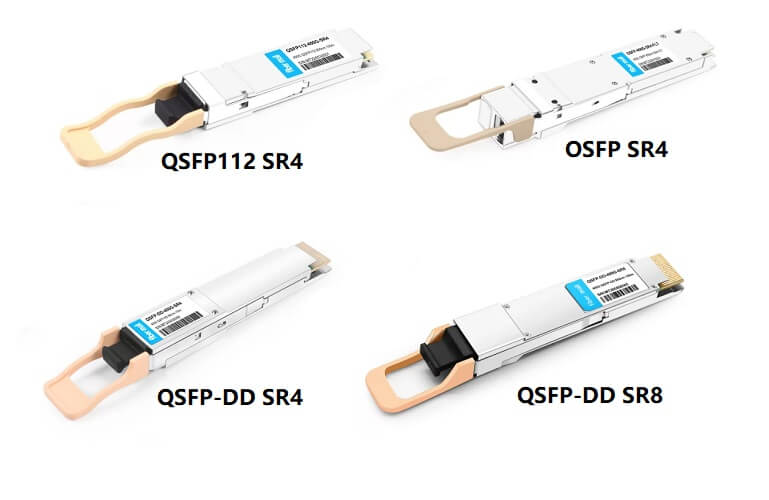
Key Insights:
- QSFP112 SR4: Tailored for the 112G SerDes ecosystem, compatible with NVIDIA CX7/ConnectX-8 NICs, and supports flexible rate division (e.g., 400G → 2×200G or 4×100G).
- OSFP SR4: With a complex cooling design (integrated heat sink), it is mainly used on the switch side but lacks compatibility with the QSFP series.
- QSFP-DD Series: These modules leverage a dual-density format (8 electrical channels) with backward compatibility, making them the mainstream choice in data centers. While SR4 and SR8 share identical physical dimensions, their channel configurations vary significantly.
Technical Specifications and Performance Variations
| Parameter | QSFP112 SR4 | OSFP SR4 | QSFP-DD SR4 | QSFP-DD SR8 |
| Modulation | 4×100G PAM4 | 4×100G PAM4 | 4×100G PAM4 | 8×50G PAM4 |
| Fiber Type/Distance | OM4: 100m | OM4: 50m | OM4: 100m | OM4: 100m |
| Connector Type | MPO-12 APC | MPO-12 | MPO-12 APC | MPO-16/MPO-24 |
| Number of Fibers | 8 (4 Tx + 4 Rx) | 8 (4 Tx + 4 Rx) | 8 (4 Tx + 4 Rx) | 16 (8 Tx + 8 Rx) |
| Power Consumption | <8W | <9W | <8W | <10W |
| Latency | 84ns (lower w/o DSP) | 90–100ns | 85ns | 102ns (w/ Gearbox) |
| Cost | Moderate | High | Low | Lowest (per channel) |
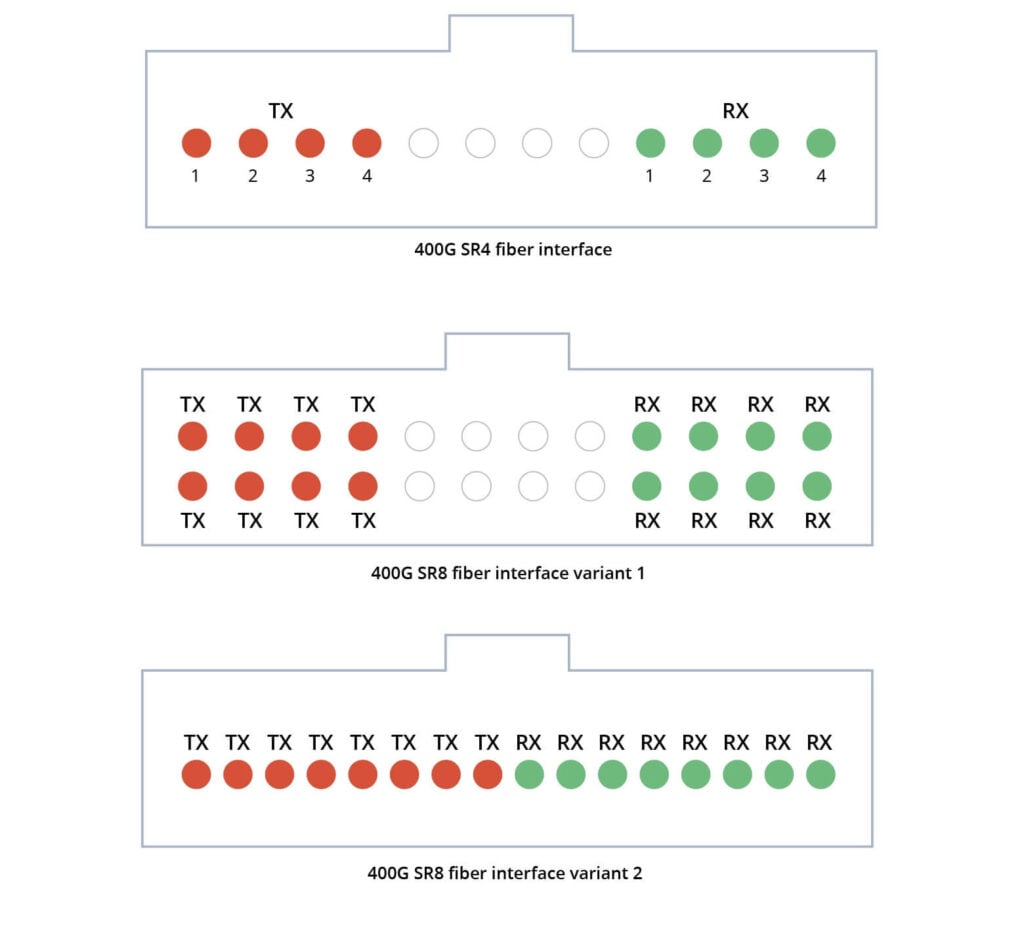
Key Insights:
Channel and Fiber Resources:
- SR8 adopts an 8-channel 50G PAM4 modulation, requiring 16-core fibers (MPO-16 connector). It is suitable for switch-to-switch interconnects but increases cabling complexity.
- The SR4 series utilizes 4-channel 100G PAM4 modulation, needing only 8-core fibers (MPO-12 connector), making it more suitable for server-to-switch connections and compatible with existing OM3/OM4 cabling systems.
Latency and DSP Dependence:
- SR4 latency is generally lower than SR8 (e.g., QSFP-DD SR4 at 85ns vs. SR8 at 102ns) since SR8 relies on Gearbox chips for signal multiplexing.
- QSFP112 SR4 can further reduce latency to below 60ns with an LPO (linear drive) architecture, ideal for HPC and AI training scenarios.
Cost Efficiency:
- The per-channel cost of QSFP-DD SR8 modules is approximately 54% lower than that of SR4 (due to fewer lasers), offering significant economic advantages in switch-to-switch interconnects.
Application Scenarios and Recommendations
QSFP112 SR4
Core Applications: Optimized for 112G SerDes NICs like NVIDIA CX7 and ConnectX-8, supporting 1:2 (400G → 2×200G) or 1:4 (400G → 4×100G) rate splitting.
Example Use Case: GPU cluster communication within leaf-spine architectures, where 800G OSFP switches are connected to multiple QSFP112 SR4 NICs via MPO-12 breakout fibers, enabling high-bandwidth, low-latency communication.
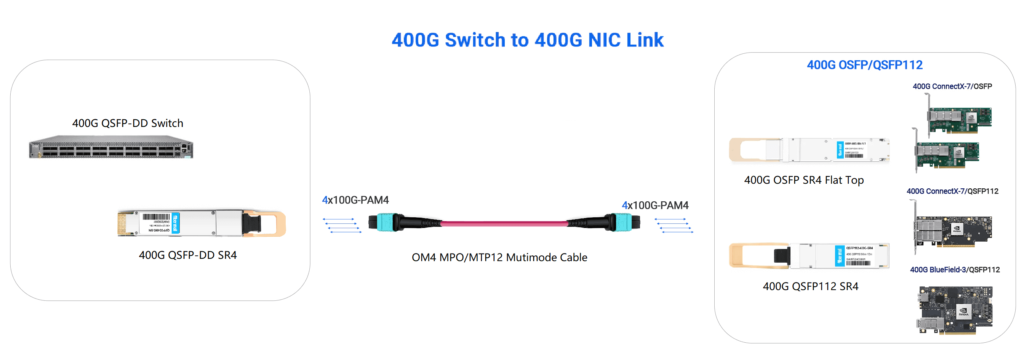
OSFP SR4
Core Applications: Designed for short-distance interconnects within racks (50m OM4) and used in 800G switch downlinks to 400G devices via MPO fibers.
Limitations: Limited compatibility (OSFP-only ports) and short transmission range necessitate dense fiber resources.
QSFP-DD SR4
Core Applications: Building RoCE lossless networks, ideal for Leaf switches connecting to GPU servers (e.g., NVIDIA Spectrum-4 and CX7 combinations), supporting 100m distance with existing cabling systems.
Advantages: Strong compatibility, low power consumption (<8W), and excellent cost-performance ratio.
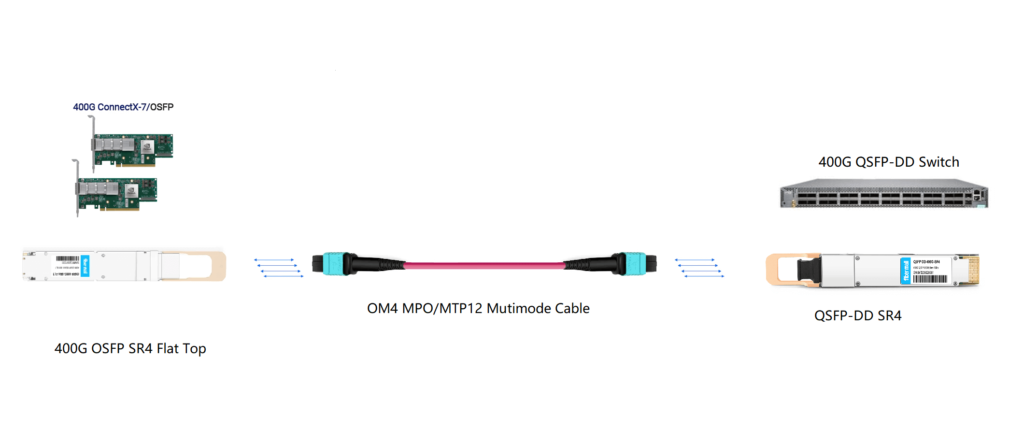
QSFP-DD SR8
Core Applications: Optimized for switch-to-switch interconnects, supporting 56G/112G SerDes with full-bandwidth, non-blocking links.
Example Use Case: Reducing total costs by 19.38% in a 256-node cluster via fewer modules and simplified fiber management.
Selection Decision Tree
- Rate and Port Density Requirements:
High Density: Choose QSFP-DD SR4/SR8 for 36-port/1U switch configurations.
Future Expansion: Opt for QSFP112 SR4, compatible with the 112G SerDes ecosystem and ready for 800G upgrades.
- Latency Sensitivity:
HPC/AI Training: Select QSFP-DD SR4 or QSFP112 SR4 for low-latency architecture.
General Data Centers: SR8 offers better cost-efficiency with higher latency tolerance.
- Fiber Resource Constraints:
Limited Fiber Availability: Choose SR4 (8-core vs. SR8’s 16-core), reducing MPO connectors.
New Builds: Deploy SR8 to simplify fiber management and lower long-term maintenance costs.
Conclusion and Trends
- Technological Evolution:
QSFP112 SR4 leads the 112G SerDes ecosystem, suitable for next-gen devices like NVIDIA BlueField-3 DPUs.
OSFP SR4 serves as a transitional product in the 800G ecosystem but faces compatibility challenges.
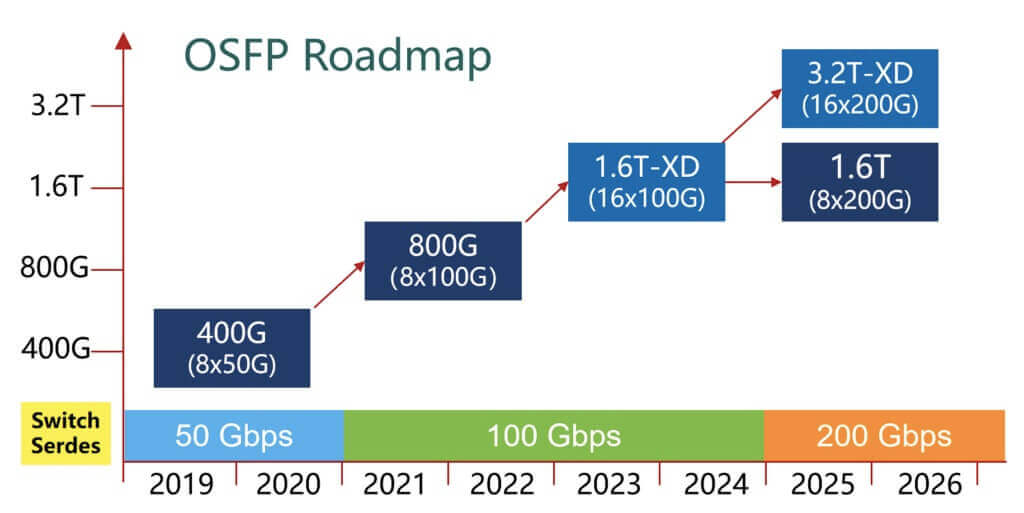
- Cost Efficiency:
QSFP-DD SR8 dominates switch interconnects with its low per-channel cost, while SR4 modules remain the standard for server connections.
- Energy Efficiency:
Advancements in silicon photonics and LPO architectures further lower SR4 power consumption (e.g., <8W for FiberMall silicon photonic DR4 modules), driving data center energy optimization.
Future Outlook
As single-wavelength 100G PAM4 technology matures, SR4 is expected to replace SR8 in single-mode fields (e.g., DR4/FR4). However, both will coexist in short-distance multimode scenarios, complementing each other in the long run.
Related Products:
-
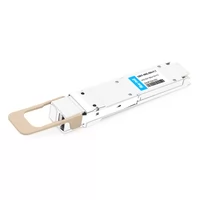 OSFP-400G-SR4-FLT 400G OSFP SR4 Flat Top PAM4 850nm 30m on OM3/50m on OM4 MTP/MPO-12 Multimode FEC Optical Transceiver Module
$650.00
OSFP-400G-SR4-FLT 400G OSFP SR4 Flat Top PAM4 850nm 30m on OM3/50m on OM4 MTP/MPO-12 Multimode FEC Optical Transceiver Module
$650.00
-
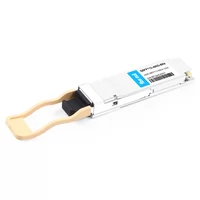 QSFP112-400G-SR4 400G QSFP112 SR4 PAM4 850nm 100m MTP/MPO-12 OM3 FEC Optical Transceiver Module
$650.00
QSFP112-400G-SR4 400G QSFP112 SR4 PAM4 850nm 100m MTP/MPO-12 OM3 FEC Optical Transceiver Module
$650.00
-
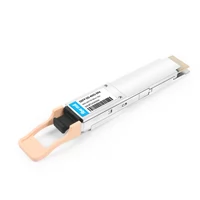 QSFP-DD-400G-SR4 QSFP-DD 400G SR4 PAM4 850nm 100m MTP/MPO-12 OM4 FEC Optical Transceiver Module
$600.00
QSFP-DD-400G-SR4 QSFP-DD 400G SR4 PAM4 850nm 100m MTP/MPO-12 OM4 FEC Optical Transceiver Module
$600.00
-
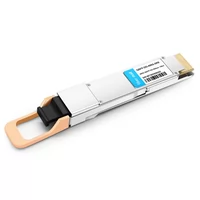 QSFP-DD-400G-SR8 400G QSFP-DD SR8 PAM4 850nm 100m MTP/MPO OM3 FEC Optical Transceiver Module
$180.00
QSFP-DD-400G-SR8 400G QSFP-DD SR8 PAM4 850nm 100m MTP/MPO OM3 FEC Optical Transceiver Module
$180.00
-
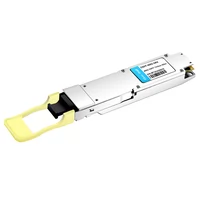 OSFP-400G-DR4 400G OSFP DR4 PAM4 1310nm MTP/MPO-12 500m SMF FEC Optical Transceiver Module
$900.00
OSFP-400G-DR4 400G OSFP DR4 PAM4 1310nm MTP/MPO-12 500m SMF FEC Optical Transceiver Module
$900.00
-
 NVIDIA MMS4X00-NS400 Compatible 400G OSFP DR4 Flat Top PAM4 1310nm MTP/MPO-12 500m SMF FEC Optical Transceiver Module
$800.00
NVIDIA MMS4X00-NS400 Compatible 400G OSFP DR4 Flat Top PAM4 1310nm MTP/MPO-12 500m SMF FEC Optical Transceiver Module
$800.00
-
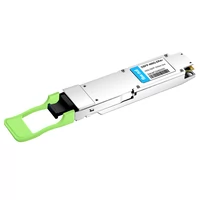 OSFP-400G-DR4+ 400G OSFP DR4+ 1310nm MPO-12 2km SMF Optical Transceiver Module
$879.00
OSFP-400G-DR4+ 400G OSFP DR4+ 1310nm MPO-12 2km SMF Optical Transceiver Module
$879.00
-
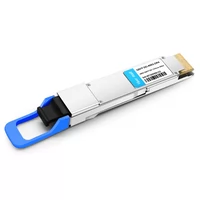 QSFP-DD-400G-DR4 400G QSFP-DD DR4 PAM4 1310nm 500m MTP/MPO SMF FEC Optical Transceiver Module
$450.00
QSFP-DD-400G-DR4 400G QSFP-DD DR4 PAM4 1310nm 500m MTP/MPO SMF FEC Optical Transceiver Module
$450.00
-
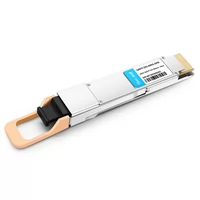 Cisco QDD-400G-SR8-S Compatible 400G QSFP-DD SR8 PAM4 850nm 100m OM4 MPO-16 DDM MMF Optical Transceiver Module
$180.00
Cisco QDD-400G-SR8-S Compatible 400G QSFP-DD SR8 PAM4 850nm 100m OM4 MPO-16 DDM MMF Optical Transceiver Module
$180.00
-
 QSFP-DD-400G-SR4.2 400Gb/s QSFP-DD SR4 BiDi PAM4 850nm/910nm 100m/150m OM4/OM5 MMF MPO-12 FEC Optical Transceiver Module
$1000.00
QSFP-DD-400G-SR4.2 400Gb/s QSFP-DD SR4 BiDi PAM4 850nm/910nm 100m/150m OM4/OM5 MMF MPO-12 FEC Optical Transceiver Module
$1000.00
Related posts:
- Next-Gen Data Transfer: SFP112/QSFP112/QSFP-DD800/OSFP 800G DAC
- Everything You Need to Know About CWDM Transceivers: From SFP Modules to 80km Optical Fiber Connectivity
- The Ultimate Guide to SGMII SFP Transceivers: Everything You Need to Know About Optical Transceivers and Ethernet Ports
- Unraveling the World of 400ZR: Enhancing DCI Networks with QSFP-DD and DWDM up to 120km.
